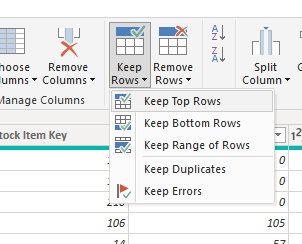Problem
What rights
does a user need to access a Power BI dataflow?
Just a quick
post on Power BI dataflows after I saw this question on the Power BI Community forum about sharingdataflows - only via member/contributor permission?.
The user on
the forum wants to know how to share dataflows with other users with the least
privilege possible.
From my testing, it seems you need to provide people Contributor/Member/Admin to the workspace with the dataflow. If you choose the lowest permission Contributor - then they can't edit the dataflow BUT they can take over ownership and change the scheduling ! Not Good. I just want people to be able to connect to the dataflow.Have I missed anything ?
I thought
this was just an easy lmgtfy-question, because there are already a lot of sources on dataflows:
- Matthew Roche (B | @SQLAllFather) wrote extensively about dataflows in Power BI, covering dataflows documentation, a whitepaper, Overview posts and much more.
- Reza Red wrote some good posts on dataflows with the use cases of dataflow being the best in my opinion.
Returning to
finding the answer to this question, it turned out it wasn't that easy. There
even is an open issue on the documentation on GitHub to
add this information to the docs. So I ended up testing it myself.
Solution
To access a PowerBI dataflow you need either
- access to the workspace the dataflow resides in as an Admin, Member or Contributor, or
- Viewer role access to the workspace
Option 1,
edit rights to the workspace, might not be desirable for your use case. But we
have one other option: the new Viewer role that was introduced back in June of this year can also be used to
share dataflows. I already wrote about the new Viewer
role in PBI Desktop earlier.
When you
are granted Viewer role access to a workspace where a dataflow is created, you can
connect to and use that dataflow in Power BI Desktop:
Final thoughts
On a
dataset you also have the ability to give the Build permission to give someone
access to create content from that
dataset (e.g. reports, dashboards, pinned tiles from
Q&A, and Insights Discovery, but also content outside Power BI). This
feature is still in preview however at the moment of writing. As the documentation says: Build
permission is only relevant for datasets, for now? :-)
There is an idea that sounds like the Build permission on dataflows: Dataflow Permissions to give access to an individual dataflow.
Maybe the Build permission will also be added to dataflows in a later phase?













